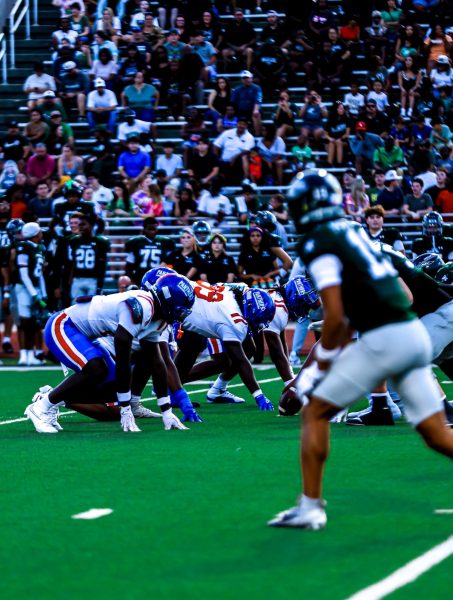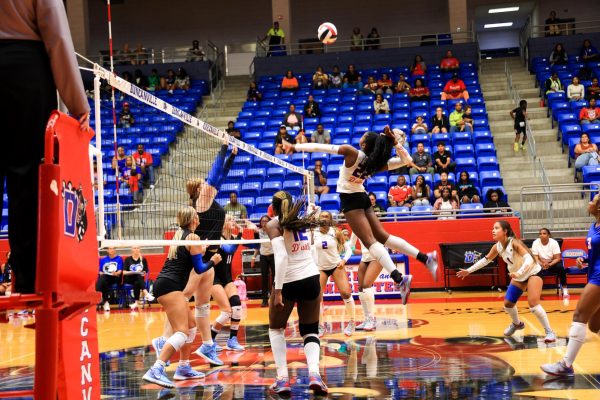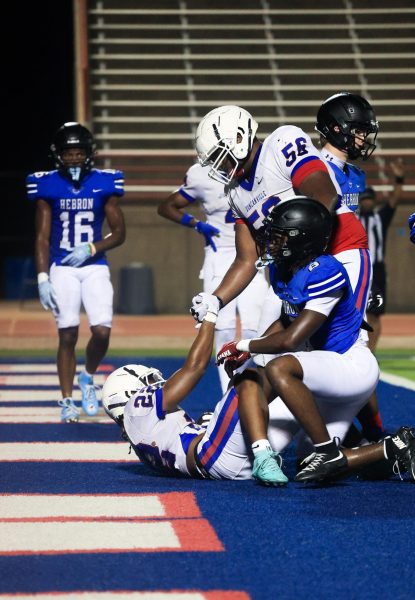Street Fighter V battles numerous problems upon release

Seven years ago, Street Fighter IV felt like a spiritual revival. Capcom’s hyperactive fighting series had been absent for close to a decade and, under the enthusiastic watch of producer Yoshinori Ono, its return was a triumph. By simplifying the game’s move lists, it lowered the entry bar to newcomers, but it then also offered a long, deep learning curve for those willing to set out on the warrior’s journey. In this way, the game attracted a devoted community of competitors, who trained with the dedication of real-world martial artists, and who now compete in professional tournaments for enviable prizes.
Street Fighter V’s launch, by contrast, feels lackluster. For the first time in the history of the series, there will be no release in the arcade, that frontline of competitive play where Street Fighter has, traditionally, always debuted. Capcom has been unable or unwilling to fund the game’s development alone, forging a financial partnership with Sony (thereby preventing the game from coming to Microsoft’s console). And now, on arrival, the Street Fighter V of February 2016 is plainly unfinished, with many of its modes and functions unavailable. The game is a statement of intent rather than anything resembling a final delivery.
Numerous menu items are, for example, greyed out. The current, slender iteration of story mode (which will, according to Capcom, relaunch in a fattened format in the summer) consists of three or four short battles. There is no cinematic ending, no key fight with a rival mid-way through proceedings. When you complete a character’s story you’re unceremoniously told that you’ve unlocked a new costume for purchase in the in-game store – an in-game store that, naturally, doesn’t launch until next month.
Challenge mode is missing, meaning that players must devise and test new combos in Training mode, rather than via a structured regime. Targets, a daily trial in which you earn “Fight Money” (Street Fighter V’s currently unusable in-game currency) is rather unrewarding. Online battle lobbies only support two players at launch. A second, free-to-play-esque currency, “Zenny” is also unusable. In future, newly released characters, who will complement the limited launch roster, must be purchased with either Fight Money, earned from winning matches online, or Zenny, bought with real-world currency, a controversial system of monetization.
It makes for rather grim playing. In the language of free-to-play developers, this is a minimum viable product, offering players the framework and certain floors of the building, but leaving much pending, beneath a metaphorical sign that reads “under construction”. For a game sold at a premium price, it’s a tall test of consumers’ patience.
Prior to launch, the company staged an unprecedented four beta tests, allowing thousands of participants to play test ‘Kagemusha’, its proprietary netcode ambitiously designed to deliver stutter-free online battles. The company is clearly willing to take a hit from reviewers and on chattering internet forums in order to ensure that Street Fighter V functions first where it matters. Missing features represent lost battles. The company knows, however, that if today’s headline is that Street Fighter V’s servers can’t cope with demands, or that the net-code is riddled with match-fudging lag, it will have lost the war.
In this way, the parts present in the game are focused around creating a quick paced loop of online competitive play, similar to 카지노 사이트. There is no character- or stage-select prior to online matches (one can only imagine the number of meetings that must have been held in order to introduce such a drastic change). Now you simply choose your ‘favorite character’ in a battle settings menu and play as them every time you’re taken into a ranked or friendly match. With the relatively limited number of players online, online matches appear smooth and relatively lag-less, even when playing between PlayStation 4 and PC. It’s evidence that Capcom’s attention to the basics has been well-placed.
Alluring pencil lines of what is to come are visible. You earn League Points when playing online, pointing to a rich meta-framework. You level up your character with repeated use (although what this means is currently unclear). You can see your world ranking, find rivals and search for specific players via the “Fighters Network”. Your own ‘fighter profile’ is a fulsome statistical document, outlining the last time you logged in to the game, your total number of matches played, right down to the granular detail of your hit-rates for certain moves on, astoundingly, a per-character basis. Street Fighter V keeps a log of all recent matches, with the option to view the replay of each.
All of this surrounding context can overwhelm discussion of the on-the-field play, which, even at this nascent stage, offers a classic interpretation of Street Fighter. The pacing has been expanded in both directions: many special moves feel quicker, while the moment-to-moment exchange of strikes and blocks has a chunkier rhythm than ever before (aided by Capcom’s masterly implementation of the ‘hit pause’ which accentuate the impact of strikes). Characters have more fully settled into their play styles: Ryu’s measured strikes contrast with Ken’s showy combo flurries. Dhalsim, older and grayer than before, extends his limbs with grotesque grace, while F.A.N.G. a lithe, rangy combatant throws purple clouds of poison that chip away at his opponent’s health bar. Much of your muscle memory from Street Fighter IV will prove redundant; key moves have been altered in game-changing ways.
There’s been an effort to make the game more accessible for newcomers. The first time you play you’re guided through Street Fighter’s basics elegantly. Focus Attacks, a mainstay of Street Fighter IV, are gone, replaced by V-trigger which allows you to temporarily enter a state of heightened effectiveness, complete with a slightly altered move set. Chun-Li’s Renkiki V-Trigger, for example, increases the number of hits on her attacks. Ryu’s Denjin Renki increases the damage he deals, allowing some to break an opponent’s guard. Critical Arts replace Street Fighter IV’s Ultras. These are similarly flashy moves that can cleave an opponent’s health bar in two, but the animations are generally shorter than before, helping to maintain the pace of matches.
Street Fighter V’s launch doesn’t feel like a momentous event. Undeniably you’re paying for a promise rather than a reality. In part, this is reflective of the changing way in which competitive video games such as League of Legends are built and sold. These are ongoing projects that continue to grow and develop after they are released. Developers tinker with designs via data drawn from the crucible of online play. Even so, by the traditional measures of video game criticism, Street Fighter V is an unfinished catastrophe, a game delivered half-cooked, as if to meet a financial deadline rather than an artistic one.
But some may perceive a whisper of revolutionary ambition, a move, potentially, away from standalone releases towards Street Fighter as a platform, a digital portal through which new characters, modes, competitions and updates are accessed. Perhaps, through the twin currencies and expansive release schedule, the game will be free to grow and change over the coming months, rather than remain in relative stasis until an inevitable stop-gap release, complete with a subtitle of escalating finality.
Although much of how Street Fighter V works remains frustratingly unclear, nobody could offer a definitive judgement on the game today in good conscience. One thing, however, is certain: like throwing a punch in the dark, buying Street Fighter V today is a speculative gamble.





